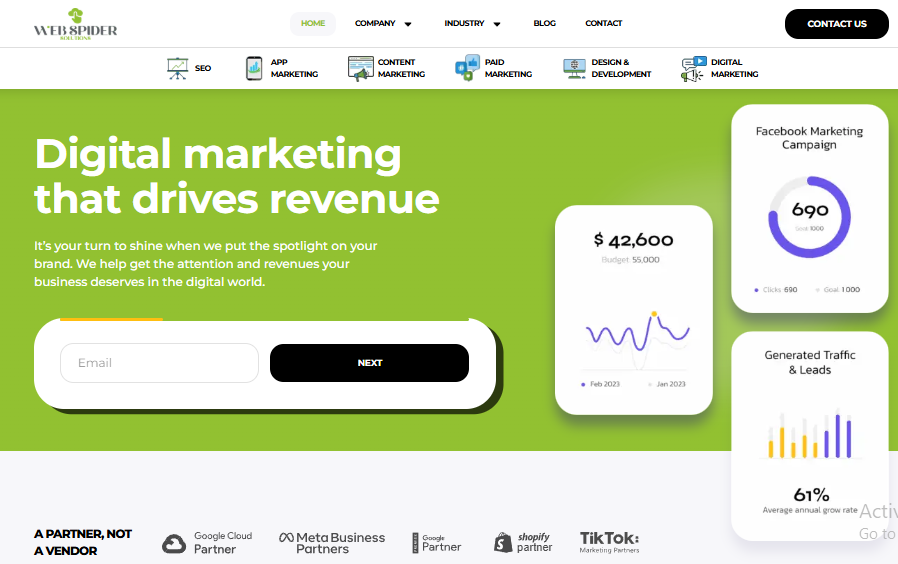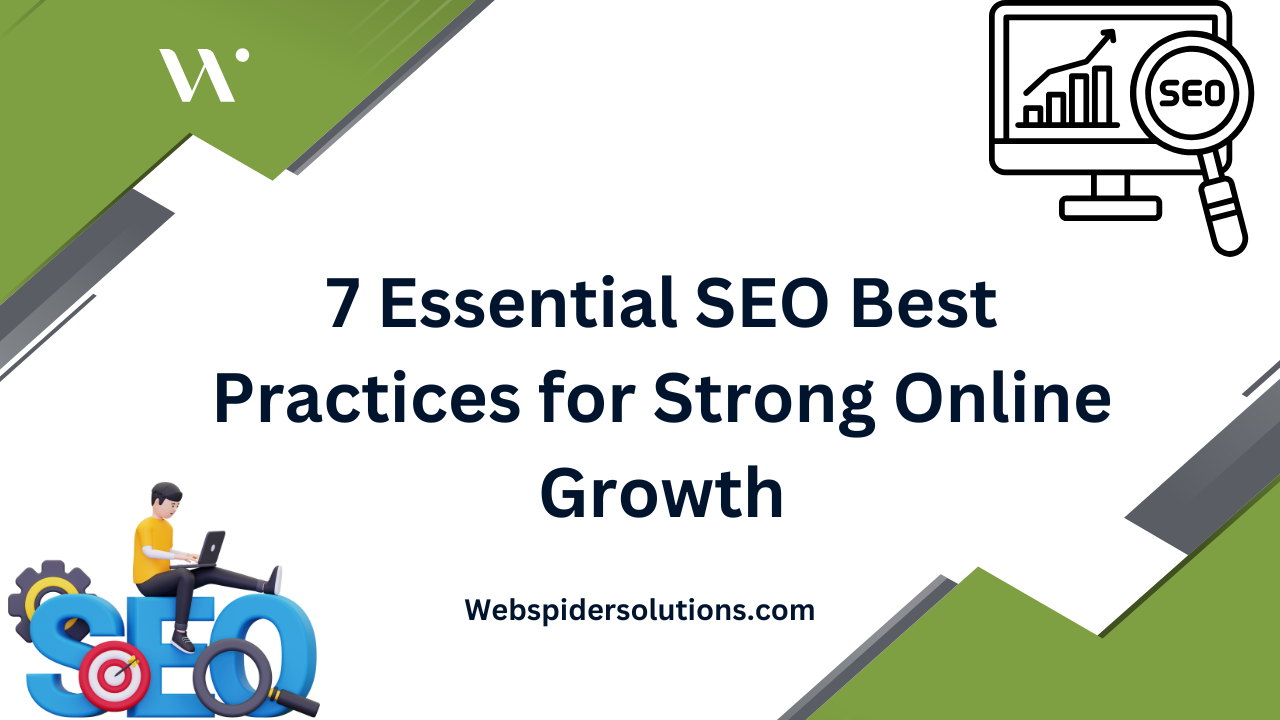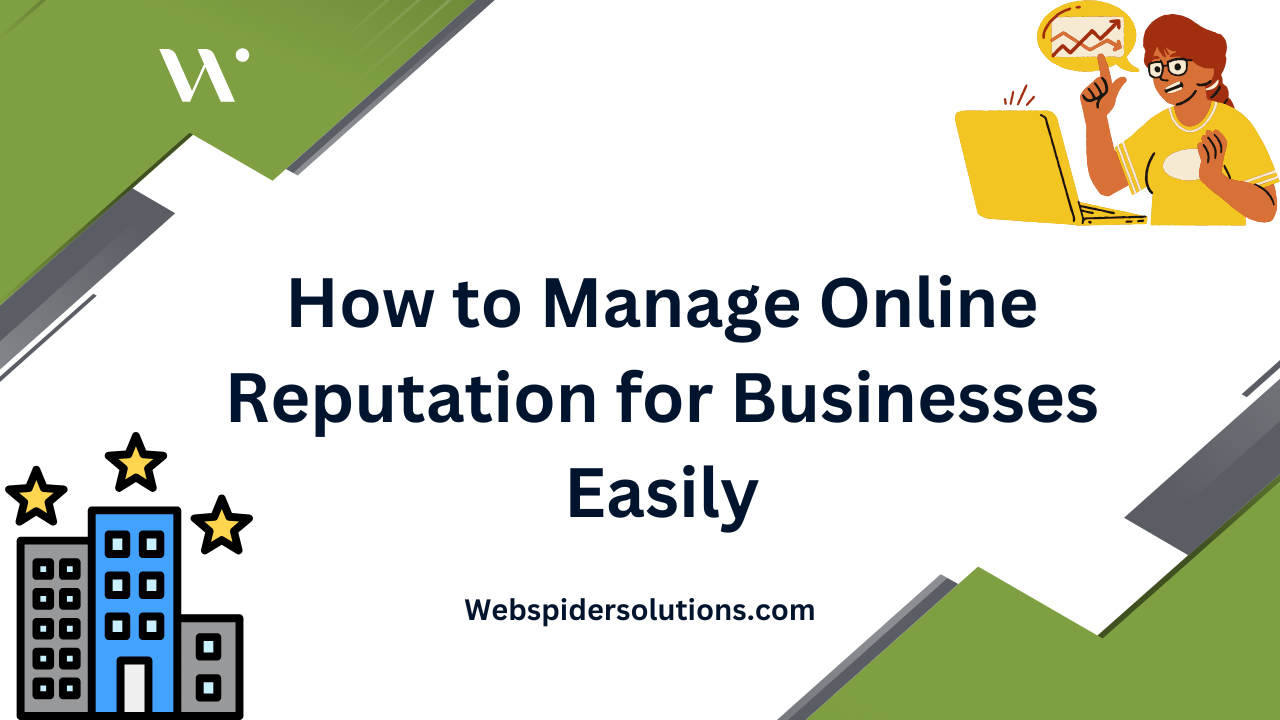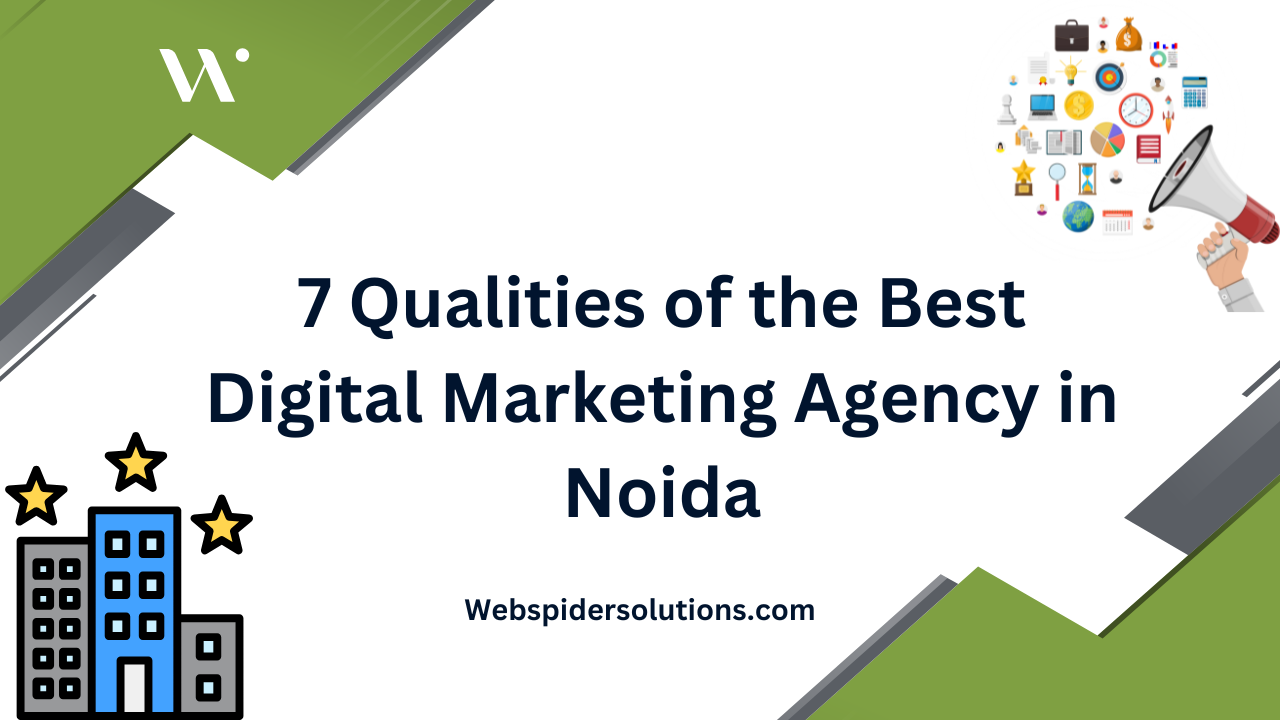Every brand wants to reach more customers, and integrated digital marketing promises a way to make that happen across every digital platform. Now check this out. Companies with integrated digital strategies can increase customer engagement by up to 23 percent and cut marketing costs by nearly 30 percent. Most people think this is just about posting the same message everywhere, but the real magic comes from tying content, data, and technology together to turn each interaction into real business growth.
Table of Contents
- Understanding Integrated Digital Marketing Basics
- Key Components of a Unified Digital Strategy
- Benefits for Competitive Industries and Startups
- Steps to Build Your Integrated Marketing Plan
Quick Summary
| Takeaway | Explanation |
|---|---|
| Create a Unified Digital Strategy | Adopting an integrated approach ensures brand consistency and effective communication across digital platforms. |
| Leverage Technology for Integration | Utilize analytics, CRM, and automation tools to optimize and track marketing efforts in real-time. |
| Focus on Audience Understanding | Conduct thorough research to develop audience personas and understand their behaviors for tailored marketing strategies. |
| Implement Continuous Optimization | Regularly measure performance and refine strategies based on data insights to enhance marketing effectiveness. |
| Align Goals with Marketing Channels | Set clear objectives and ensure all marketing channels work together to achieve these shared goals. |
Understanding Integrated Digital Marketing Basics
Integrated digital marketing represents a comprehensive approach to connecting with customers across multiple digital channels. Unlike traditional marketing strategies that operate in silos, this approach creates a unified and cohesive communication strategy that maximizes business growth potential.
To help you understand the major benefits of integrated digital marketing compared to traditional siloed marketing, here is a comparison table summarizing key distinctions mentioned in the article:
| Feature/Benefit | Siloed Marketing Approach | Integrated Digital Marketing Approach |
|---|---|---|
| Brand Messaging | Inconsistent across platforms | Consistent, unified narrative |
| Customer Engagement | Limited, fragmented touchpoints | Enhanced, multiple coordinated touchpoints |
| Marketing Efficiency | Duplicated efforts, less optimization | Streamlined, more efficient coordination |
| Data & Technology Use | Isolated analytics, minimal integration | Unified analytics, real-time data & automation |
| Cost Effectiveness | Higher marketing costs | Potential to cut costs by nearly 30% |
| Performance Tracking | Channel-level tracking | Holistic, cross-channel performance measurement |
| Adaptability | Slow, channel-specific | Fast, data-driven optimization |
The Core Principles of Integrated Digital Marketing
At its heart, integrated digital marketing is about creating a seamless experience for customers across various digital touchpoints. Learn more about strategic digital marketing approaches that can transform how businesses communicate with their audience. According to research from the University of Georgia Extension, successful integrated digital marketing combines multiple online channels to create a synchronized marketing strategy.
The strategy involves strategically aligning different digital platforms such as websites, social media, email marketing, content marketing, and paid advertising. This approach ensures that every digital interaction reinforces the brand’s core message and delivers a consistent user experience. Businesses that implement an integrated approach can achieve several key benefits:
- Consistent Brand Messaging: Ensure your brand communicates a unified narrative across all digital platforms
- Enhanced Customer Engagement: Create multiple touchpoints that work together to attract and retain customers
- Improved Marketing Efficiency: Streamline marketing efforts by coordinating strategies across different channels
Building a Holistic Digital Marketing Ecosystem
Creating an effective integrated digital marketing strategy requires a deep understanding of how different digital channels interact and complement each other. Marketers must develop a comprehensive view that goes beyond individual platform tactics. This means understanding customer journeys, analyzing data across platforms, and creating strategies that guide potential customers through a seamless experience.
The process involves careful planning and coordination. Digital marketers need to map out customer interactions, understand behavioral patterns, and design strategies that provide value at each stage of the customer journey. This might include using analytics to track user behavior, creating personalized content that resonates across platforms, and developing adaptive strategies that respond to changing digital landscapes.
Technology plays a crucial role in enabling integrated digital marketing. Advanced analytics tools, customer relationship management (CRM) systems, and marketing automation platforms help businesses track and optimize their integrated marketing efforts. These technologies allow for real-time data collection, performance tracking, and strategic adjustments that keep marketing efforts aligned and effective.
By embracing an integrated digital marketing approach, businesses can create more meaningful connections with their audience, optimize their marketing spend, and drive sustainable growth in an increasingly complex digital environment.
Key Components of a Unified Digital Strategy
Developing a unified digital strategy requires a comprehensive approach that integrates multiple elements into a cohesive marketing framework. Successful businesses recognize that digital strategy is not just about implementing tools but creating a synchronized ecosystem that drives meaningful engagement and business growth.

Strategic Planning and Goal Alignment
The foundation of a unified digital strategy begins with clear, measurable objectives. According to research from IMD, organizations must focus on digital tools that enhance team efficiency and drive strategic outcomes. Explore our comprehensive guide to digital marketing strategies to understand how to set precise goals.
Effective strategic planning involves:
- Comprehensive Market Research: Understanding target audience behaviors and preferences
- Competitive Analysis: Identifying market gaps and opportunities
- Performance Metrics: Establishing key performance indicators (KPIs) that measure real business impact
Businesses must develop a strategy that goes beyond surface-level tactics. This means creating a holistic approach that connects different digital channels and ensures consistent messaging across platforms.
Technology and Data Integration
Modern digital strategies rely heavily on technology and data integration. As the Digital Marketing Institute highlights, continuous learning, accountability, and performance optimization are critical components of a successful digital approach.
Key technological considerations include:
- Advanced analytics platforms for tracking user behavior
- Customer relationship management (CRM) systems
- Marketing automation tools
- Cybersecurity infrastructure
Data integration allows businesses to create personalized experiences, predict customer needs, and make informed strategic decisions. By leveraging technology, companies can develop adaptive strategies that respond quickly to changing market dynamics.
Content and Channel Synchronization
A unified digital strategy must ensure seamless communication across all digital touchpoints. According to research from the Jamaica Observer, consistent branding and messaging are fundamental to creating a cohesive digital presence.
This synchronization involves:
- Developing a consistent brand voice across platforms
- Creating content that resonates with target audience segments
- Ensuring technical compatibility between different digital channels
- Implementing cross-channel tracking and attribution models
By treating digital channels as interconnected components rather than isolated platforms, businesses can create a more engaging and effective marketing ecosystem. The goal is to provide a smooth, integrated experience that guides potential customers through their entire digital journey.
Benefits for Competitive Industries and Startups
In today’s rapidly evolving digital ecosystem, integrated digital marketing offers transformative advantages for competitive industries and emerging startups. These organizations can leverage sophisticated digital strategies to punch above their weight, overcome traditional marketing limitations, and create meaningful connections with their target audiences.
Digital Marketing as a Strategic Growth Catalyst
Explore digital marketing strategies for innovative businesses that can revolutionize market positioning. According to research in the International Journal of Management & Entrepreneurship Research, innovative digital marketing strategies enable small and medium-sized enterprises to enhance market presence, customer engagement, and overall business performance.
Startups and competitive industries gain significant advantages through integrated digital marketing:
- Cost-Effective Market Penetration: Reduce traditional advertising expenses while reaching broader audiences
- Precise Audience Targeting: Utilize advanced analytics for hyper-focused marketing efforts
- Scalable Growth Mechanisms: Create flexible marketing approaches adaptable to changing business needs
Performance and Competitive Advantage
Research published in the journal Sustainability demonstrates that digital marketing innovation significantly impacts firm performance. By embracing cutting-edge digital marketing technologies, companies can dramatically improve brand awareness, drive sales, and enhance customer experience.
Competitive industries like SaaS, healthcare technology, and financial services can particularly benefit from integrated digital marketing strategies. These approaches allow businesses to:
- Gather detailed consumer behavior insights
- Create personalized marketing experiences
- Develop robust customer acquisition and retention models
- Track and optimize marketing performance in real-time
Technological Empowerment and Market Positioning
The International Entrepreneurship and Management Journal highlights how digital channels serve as powerful distribution and marketing platforms. For startups and competitive industries, this means transforming traditional marketing limitations into strategic opportunities.
Key technological advantages include:
- Advanced data analytics for informed decision-making
- Cross-platform marketing automation
- Dynamic content personalization
- Comprehensive performance tracking and optimization
By implementing an integrated digital marketing approach, startups and businesses in competitive industries can create a robust digital presence that transcends traditional marketing boundaries. This strategy enables organizations to not just compete but potentially lead in their respective markets, turning digital complexity into a strategic advantage.
The future belongs to businesses that can effectively harness digital marketing’s full potential transforming data, technology, and creativity into sustainable growth mechanisms.

Steps to Build Your Integrated Marketing Plan
Building an integrated marketing plan requires a strategic approach that transforms disconnected marketing efforts into a cohesive, powerful communication ecosystem. The process demands careful planning, precise execution, and continuous optimization to achieve meaningful business results.
Below is a summary table outlining the essential steps to build an integrated marketing plan, as described in the article. This table helps visualize the process and key actions for each phase:
| Step | Key Actions/Focus |
|---|---|
| Foundational Research & Audience Mapping | – Develop detailed personas – Analyze customer behaviors – Assess competitive landscape |
| Strategic Channel Integration & Content | – Build consistent brand narrative – Adapt content for channels – Enable team coordination & tracking |
| Performance Measurement & Optimization | – Track performance metrics – Refine strategy using data – Implement agile feedback loops |
Foundational Research and Audience Mapping
Discover comprehensive digital marketing strategy insights to guide your planning process. Successful integrated marketing begins with deep audience understanding. This involves conducting comprehensive market research that goes beyond surface-level demographics.
Key research components include:
- Detailed Audience Persona Development: Create multi-dimensional representations of target customer segments
- Behavioral Analysis: Understand customer journey touchpoints and interaction patterns
- Competitive Landscape Assessment: Identify market gaps and unique positioning opportunities
Businesses must invest time in gathering qualitative and quantitative data. This means leveraging multiple research methods such as surveys, social media listening, web analytics, and customer interviews to develop a nuanced understanding of target audience needs and preferences.
Strategic Channel Integration and Content Planning
Integrated marketing demands a synchronized approach across digital platforms. According to a study by Content Marketing Institute, successful content strategies require careful alignment of messaging across different channels.
Effective channel integration involves:
- Developing a consistent brand narrative
- Creating adaptable content that resonates across platforms
- Establishing clear communication protocols between marketing teams
- Implementing cross-channel tracking mechanisms
Content planning should focus on creating flexible assets that can be repurposed and adapted for different platforms while maintaining core messaging integrity. This might involve developing a central content theme that can be expressed through blog posts, social media updates, video content, and email campaigns.
Performance Measurement and Continuous Optimization
An integrated marketing plan is not a static document but a dynamic framework that requires continuous monitoring and refinement. Research from Harvard Business Review emphasizes the importance of establishing clear, measurable key performance indicators (KPIs) that provide actionable insights.
Critical optimization strategies include:
- Implementing advanced analytics tracking
- Conducting regular performance reviews
- Using data-driven insights to refine marketing approaches
- Creating agile feedback loops that enable rapid strategy adjustments
Businesses should develop a robust measurement framework that captures both quantitative metrics (conversion rates, engagement numbers) and qualitative insights (customer sentiment, brand perception). This holistic approach ensures that integrated marketing efforts are not just measured but continuously improved.
Building an integrated marketing plan is an iterative process that requires commitment, creativity, and a willingness to adapt. By focusing on comprehensive research, strategic channel integration, and data-driven optimization, businesses can create marketing strategies that deliver consistent, compelling experiences across all digital touchpoints.
Frequently Asked Questions
What is integrated digital marketing?
Integrated digital marketing is a comprehensive approach that connects businesses with customers across multiple digital channels, ensuring a unified and cohesive communication strategy that maximizes business growth potential.
What are the key components of an integrated digital marketing strategy?
The key components include strategic planning and goal alignment, technology and data integration, and content and channel synchronization to create a cohesive marketing framework.
How does integrated digital marketing enhance customer engagement?
By creating multiple coordinated touchpoints across various digital platforms, integrated digital marketing enhances customer engagement through consistent messaging and personalized experiences that attract and retain customers.
What steps should be taken to build an integrated marketing plan?
The steps include foundational research and audience mapping, strategic channel integration and content planning, and continuous performance measurement and optimization to ensure that marketing efforts are impactful and aligned with business goals.
Transform Your Digital Strategy Into Measurable Success
If you are struggling with scattered digital efforts, inconsistent messaging, or wasted marketing spend, now is the time to embrace a truly integrated approach. As highlighted in the article, unified digital strategies are what turn fleeting customer interactions into lasting business growth. Imagine your brand benefiting from seamless channel coordination, synchronized content, and real-time data insights every step of the way. For more real-world applications and success stories, explore our Stories Archives.

Let our experts at Web Spider Solutions bridge the gap between your current challenges and your business goals. Whether you need stronger search presence, smarter analytics, or tailor-made campaigns, we deliver strategies built for industry leaders. Act now to gain a competitive edge and request your tailored digital marketing consultation today. Your next breakthrough in digital growth starts here.











